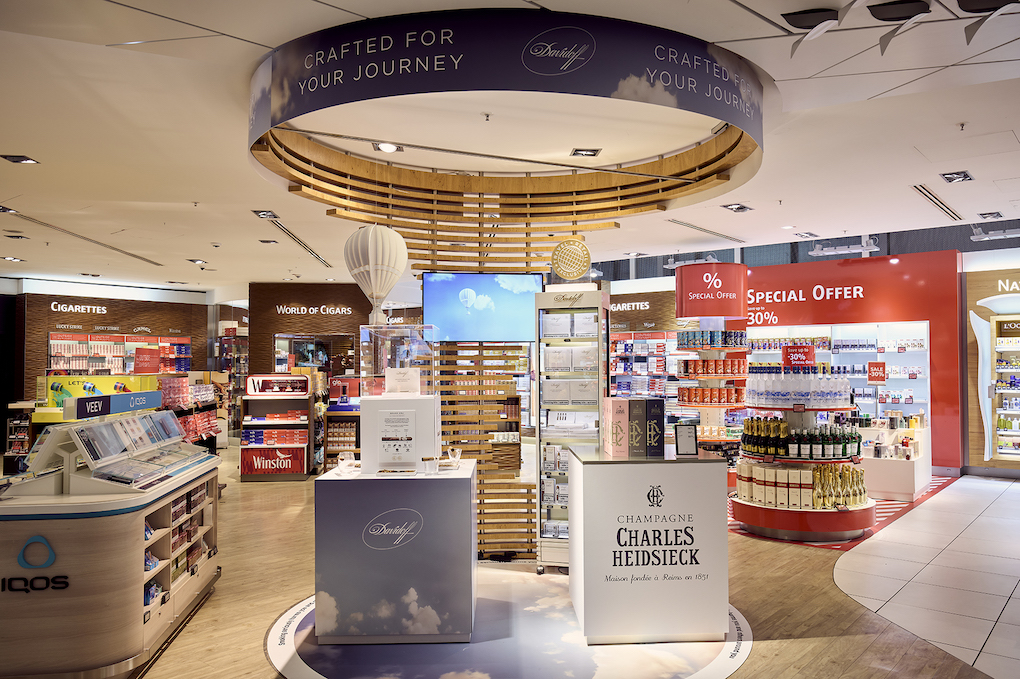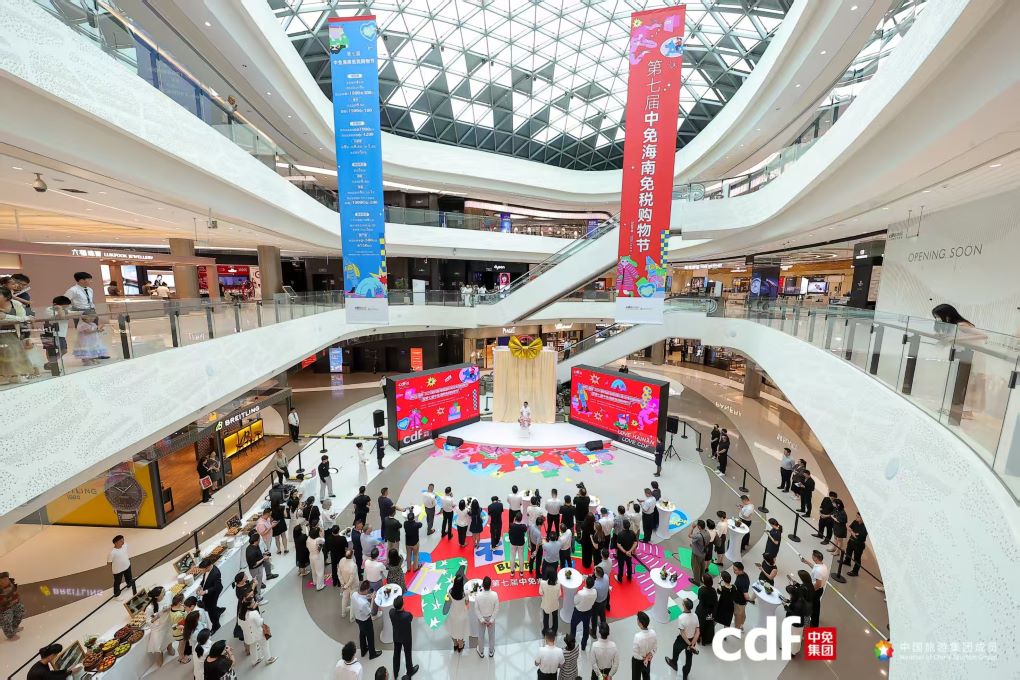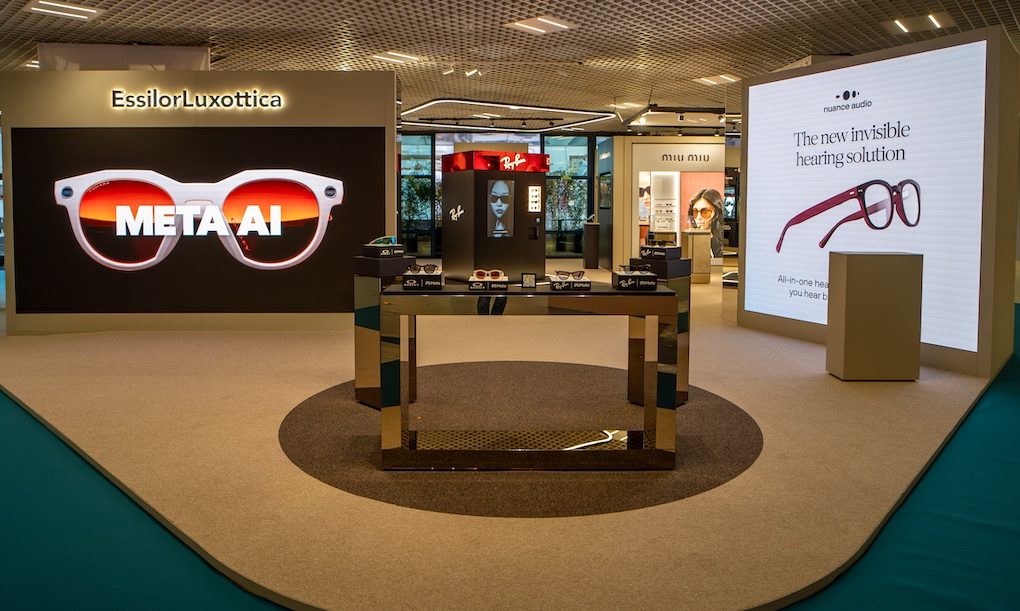Introduction: Asia Pacific Travel Retail Association (APTRA) President and King Power Group Hong Kong CEO Sunil Tuli discusses why Asia Pacific will remain the driving force for the long-term prosperity and success of travel retail.
While it’s true that 2024 has undoubtedly been a year of significant pressure in many parts of Asia Pacific, especially in the world’s second-largest economy, it’s also been one of resilience and tremendous emerging opportunities. This sums up the enigma of Asia Pacific; a region with little uniformity and a vast array of distinctly different cultures, societies, politics and increasing regulatory influences, but always with energy for growth.

From the past dominance of the original Asian Tiger economies of Singapore, South Korea, Taiwan and Japan to today’s dynamic acceleration of India, Indonesia and Vietnam as important players both regionally and globally, Asia Pacific is a rich mixture of diversity.
The Chinese economy continues to grapple with domestic growth lower than expected post-pandemic, with ongoing real-estate challenges, rising unemployment – especially among the young – and an evolving regulatory environment. This has put pressure on both consumer confidence and discretionary spending, impacting travel retail and the wider aviation and travel ecosystem.
In November 2024, authorities unveiled the biggest fiscal package in recent years in a new effort to kick-start the economy as they face the impending threat of more tariffs from the incoming US administration.
The tit-for-tat responses have only just begun and, on 3 December, Beijing announced a ban on exports to the USA of minerals used in semiconductor manufacturing in the latest iteration of trade tensions. Hopefully, the rhetoric will not translate to a full-blown trade war but the likelihood of damage to the global economy, and almost certainly all parties involved, is high and means that there are many more ripple effects to come in 2025, inevitably impacting consumer sentiment and international trade.
In addition there is also the impact of Chinese tariffs on EU Cognac, an issue that in late November the European Commission formally requested consultations on at the World Trade Organization. Read our full story on this here.
Meanwhile, the martial law episode in South Korea in early December – albeit short lived – sent shockwaves among democracies worldwide. It underlines a trend that has played out in many guises this year, from politicians to celebrities to car manufacturers; there is zero room for complacency in assuming you know your audience, what they want today, and how they will react to change.
In addition to these economic headwinds, the geopolitical landscape has created uncertainty for the entire travel and retail ecosystem, with airline capacity restrictions an obvious casualty, spiking sector volatility. Several European airlines, unable to use Russian airspace, are now priced out of long-held routes to the region, especially in North Asia, resulting in longer journey times, increased fuel consumption, crew resourcing pressures and the physical limitations of some aircraft. The burden on European consumers of higher ticket prices and less choice are further pressures for travel retail.
Experience-driven Chinese travellers
However, there are always winners, and several Chinese carriers are benefitting with the market awash with Chinese seats. However, visa restrictions in many countries are putting many younger Chinese travellers off the previous top destinations and they are also cautious about spending abroad due to the rising economic uncertainties at home.
Industry research clearly shows that Chinese travellers are becoming much less driven by the quest for luxury goods and more attracted to experiences, often outdoor and with a wellness or sporting focus.
For example, key out-takes from the World Travel Market in November include the surge in popularity for independent Chinese travellers wanting to see the real Alps in person in Austria, boosted by a tie-up between Austrian Tourism with operators in Sichuan, the so-called Alps of China; Saudi Arabia is targeting 5 million Chinese visitors by 2030 with sporting events and personalities being a key attraction.
Equally, there is increasing interest in road trips and seeing the real-life version of locations used in popular films and on TV. These shifts in behaviour are leading to a more diversified travel spend and more competition for our industry.
There is still a desire to shop for high-quality items, but value for money and novelty are increasingly strong motivators, especially when they are more intrinsically linked to the experiences outlined above. Travel retail brand and retail stakeholders must be tuned-in to the evolving preferences of this consumer segment and develop stronger cooperation to identify and deliver the most effective strategies to attract and engage them.
This is made even harder by consumers’ heavy reliance on ecommerce platforms for research and pre-ordering, which makes the integration of stronger digital touchpoints into the travel retail experience a pressing need.
The growing importance of spiritual tourism
Beyond China, there are over 45 diverse markets across Asia Pacific to consider. The strongest by far currently is India. With rising middle class becoming a key force in both global and airport retail everywhere, governments across the world are vying to attract the Indian traveller. This month, for example, the Indonesian Ministry of Tourism is investing in a major experiential campaign in India to showcase Bali as the perfect destination on several levels – leisure, luxury, adventure and spiritual tourism, the latter being a growing sector among Indians.

Indonesia also joins Thailand and Malaysia in an increasing list of easy-to-reach holiday destinations offering visa-free policies for Indian nationals, adding to the ease of travel and appeal of these destinations.
The modern Indian traveller is a force to be reckoned with thanks to significantly higher disposable income. In the liquor market, there’s a significant shift. Single malts, craft gins, tequila, Japanese whisky and Indian malts are gaining popularity and growing fastest.
What is really exciting to hear from APTRA members is the growth in the beauty segment – perfumes and cosmetics are set to drive growth over the next few years. These are topics that will feature in the upcoming APTRA India Conference 2025 (7-9 April) in partnership with Ospree Duty Free.
In 2024, countries across Asia Pacific, including Vietnam, Indonesia, Fiji, Japan, South Korea, Maldives, Thailand and Sri Lanka, excelled in global tourism with a surge in international arrivals. This growth, fuelled by relaxed travel restrictions, better air connectivity and strong post-pandemic demand, is set to build further heralding new market opportunities for the sector.
Travel retail operates in a world of uncertainty, but one thing is clear: Asia Pacific remains resilient and dynamic. It is an essential region offering a blend of natural beauty and cultural experiences, powered by significant tourism investment.
By staying adaptable, innovative, in tune with our evolving consumers and, importantly, by deepening industry co-operation, we can navigate the challenges and thrive in 2025 and beyond. ✈














